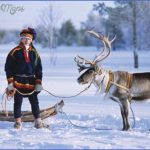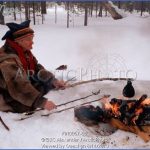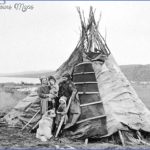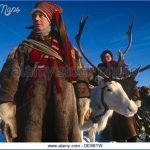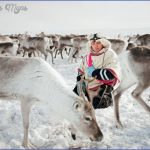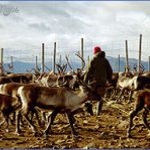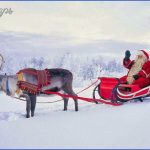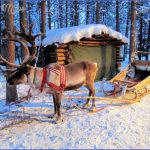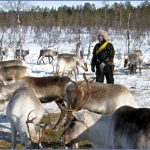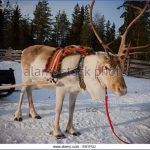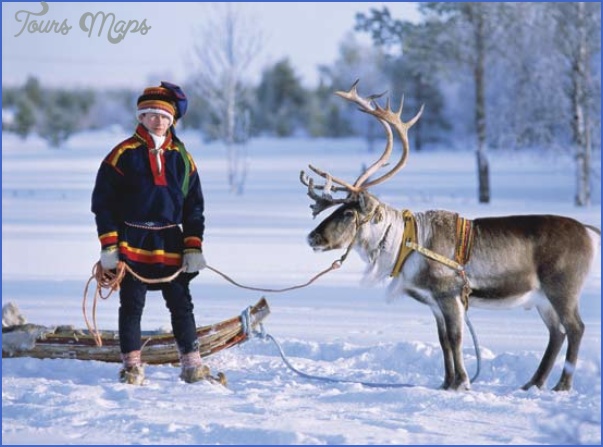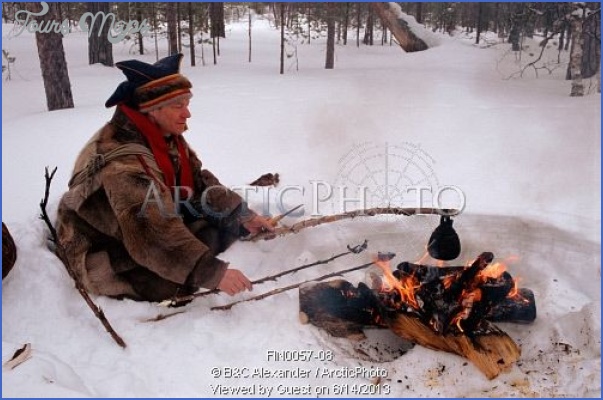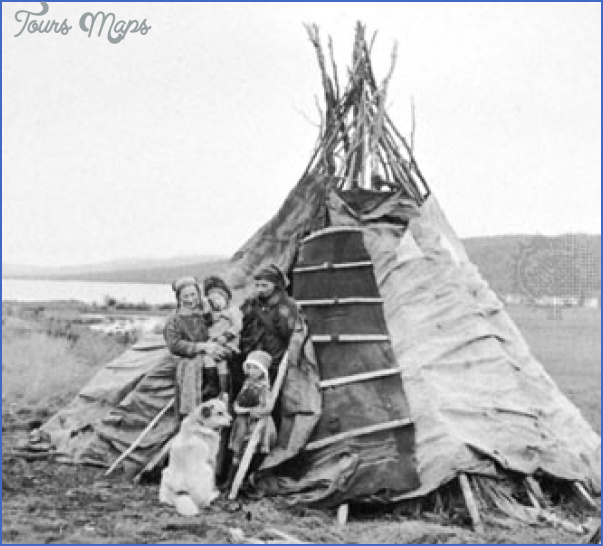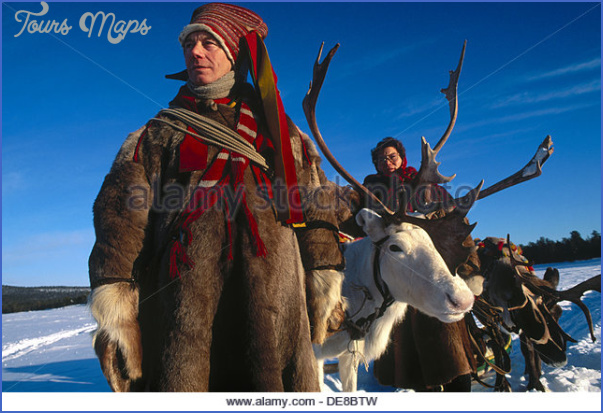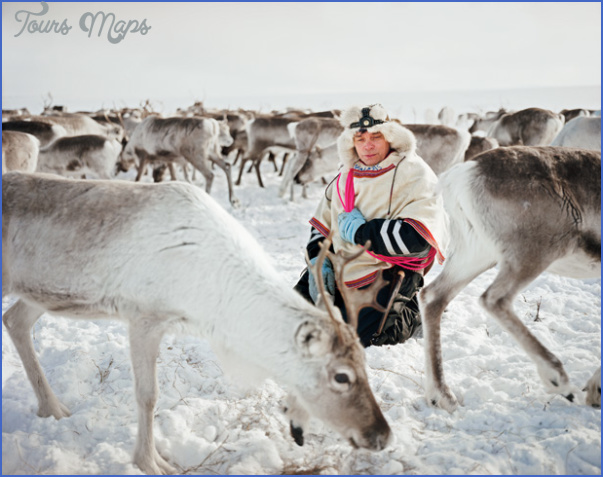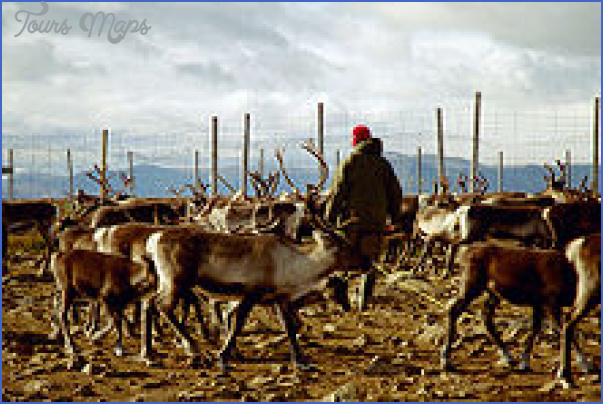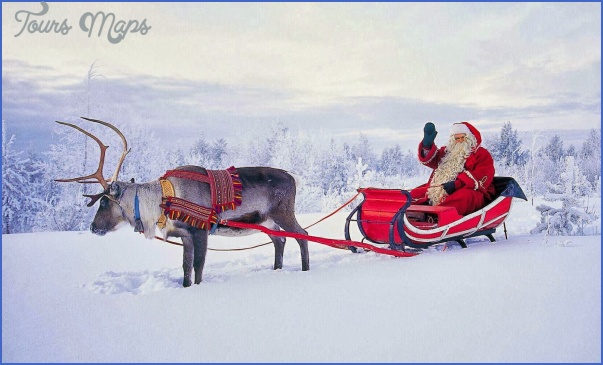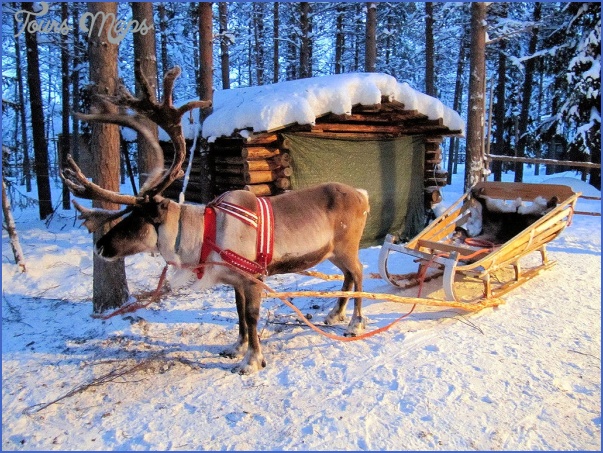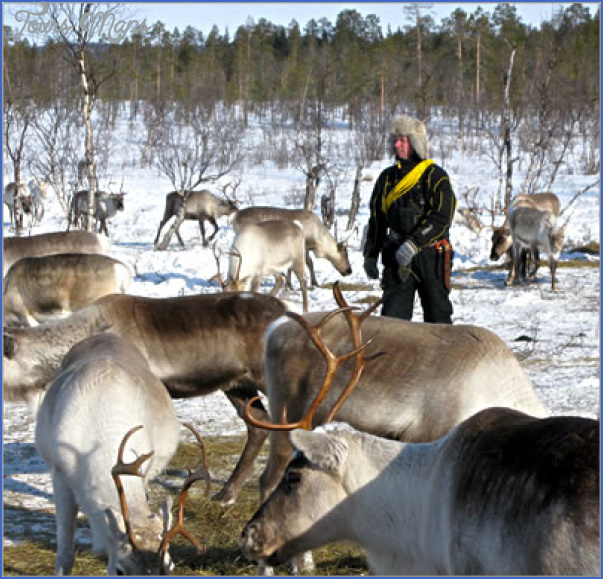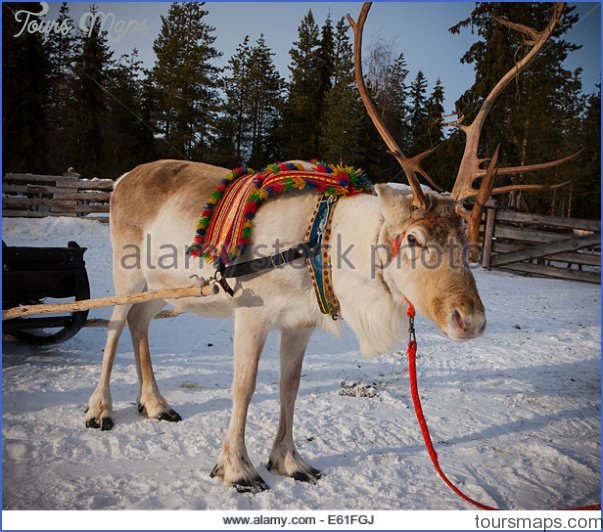The ecological balance of Lapland is extremely delicate, and visitors should be very careful not to disturb it. It may take many years for a tin can to rust away, since it is subject to corrosion only in the few frost-free months of the year. During the dry summer months great caution is required with open fires: during this period there are certain stages of alert restricting the lighting of fires, and all visitors to Lapland must be informed of the current alert situation, since ignorance is no defence against substantial fines. Whatever the weather, care should be taken to completely extinguish any fire before leaving.
One possible hazard for motorists in Lapland is collision with elk or reindeer. Animals tend to prefer main roads, where there is likely to be a breeze to keep away the mosquitoes. If an animal is critically injured in an accident, it should be put out of its misery. If the motorist is unable or unwilling to do so, a local inhabitant should be informed and driven to the spot in order to do what is necessary. The nearest police or frontier post should then be informed.
Elks belong to no one; however, a motorist who kills one has no right to it, since holders of an elk-shooting permit are the only ones entitled to dispose of a dead elk, following the veterinary regulations.
Reindeer always belong to someone, and any motorist who takes the meat of a reindeer is guilty of theft. In accidents of this kind the facts are recorded by the authorities and that ends the matter. The question of responsibility for the accident is not pursued. The motorist is not liable for compensation, since the owner of the animal can claim this from the state. Since he is not exposed to any legal action, either criminal or civil, the driver need not hesitate in reporting the matter and giving all the information required. Failure to do so will usually have unpleasant consequences, since the local people will know what caused the bump on your car and the bush telegraph will associate it with an accident which may have occurred hours or days before and many miles away.
Reindeer horn are now made for the tourist trade. The normal Lapp dwelling is a timber or earth hut {gammen: Lapp darfe goattek). The nomadic Lapps have canvas tents, with an opening at the top to let the smoke out. In the remoter regions the normal means of transport in winter, apart from snowshoes, is the pulka or akja, a boat-shaped sledge hauled on a single rope by a reindeer.
Lapp huts at Arvidsjaur (Northern Sweden)
The Lapps’ main form of property is the reindeer (ren; Finnish poro), a species of deer, accustomed to cold conditions, in which both sexes have antlers. There are estimated to be about half a million reindeer in Lapland. A Lapp requires a minimum of 100-200 head for subsistence, but rarely possesses more than 500. With 800 reindeer he is a rich man; herds of several thousand are sometimes found, but these belong to nomadic families travelling together. The hooves of a herd of reindeer make a characteristic clicking sound as they move about on the hard ground. Reindeer meat is a delicacy; every visitor should make a point of sampling it. Since the vegetation takes many years to grow again after being cropped by reindeer, the herds require very large areas for grazing. In addition to reindeer, many Lapps have other kinds of stock and may cultivate certain crops.
Lapps with reindeer Northern Finland Photo Gallery
Maybe You Like Them Too
- The Best Cities To Visit in The World
- World’s 10 Best Places To Visit
- Coolest Countries in the World to Visit
- Travel to Santorini, Greece
- Map of Barbados – Holiday in Barbados

